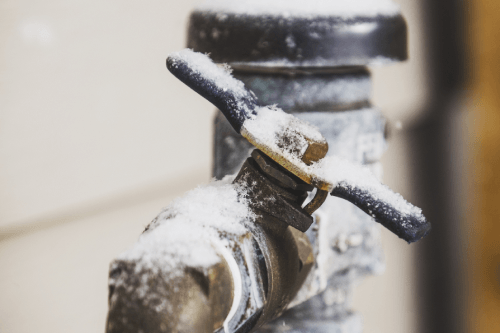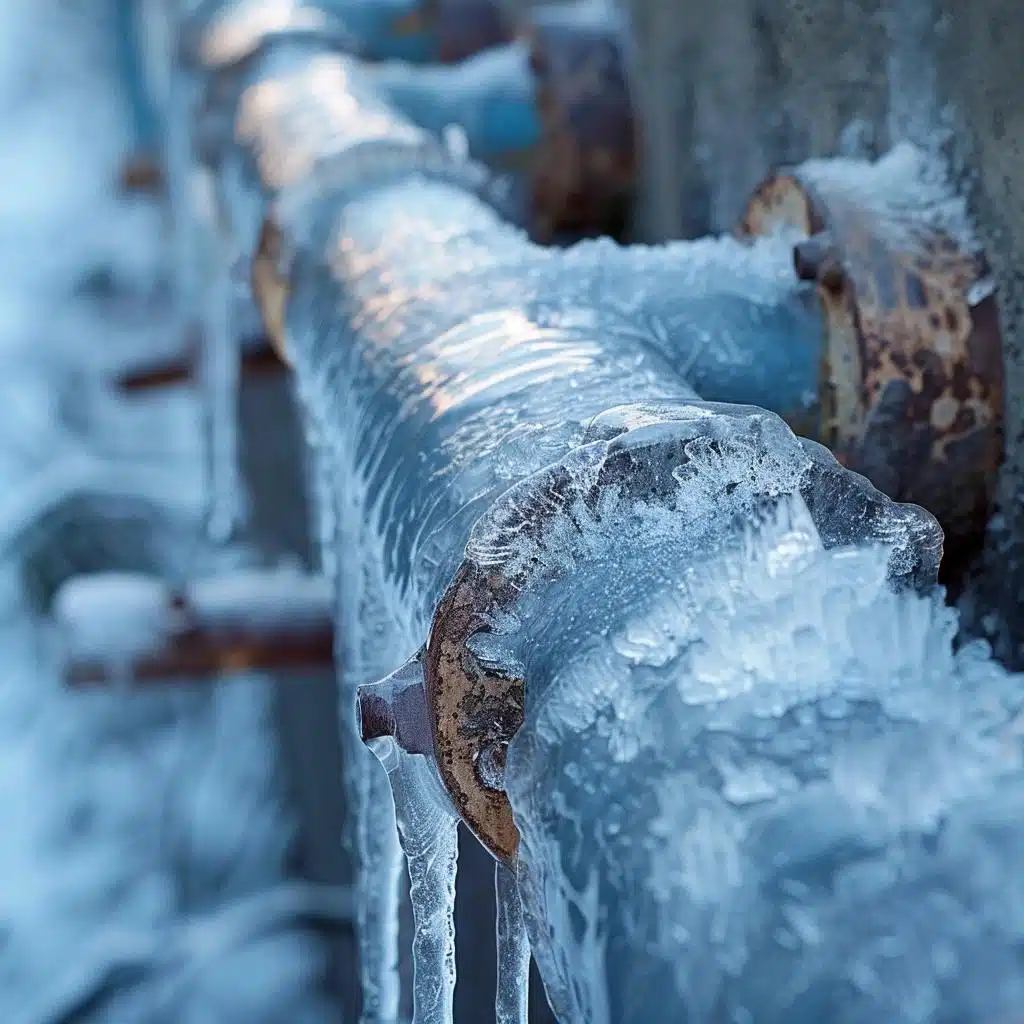On this page down the page you might get a lot of brilliant material with regards to How To Avoid Freezing Pipes.

Winter can wreak havoc on your pipes, particularly by freezing pipes. Here's just how to prevent it from taking place and what to do if it does.
Intro
As temperature levels drop, the danger of icy pipelines boosts, possibly resulting in pricey repairs and water damage. Understanding how to avoid icy pipelines is vital for house owners in cool climates.
Recognizing Frozen Pipes
What triggers pipes to ice up?
Pipes freeze when exposed to temperatures listed below 32 ° F (0 ° C) for expanded durations. As water inside the pipelines ices up, it expands, taxing the pipe wall surfaces and potentially causing them to rupture.
Risks and damages
Icy pipelines can bring about water system disruptions, building damages, and expensive repair services. Burst pipelines can flooding homes and cause substantial structural damage.
Signs of Frozen Pipeline
Recognizing icy pipelines early can prevent them from breaking.
Just how to identify icy pipelines
Search for reduced water circulation from faucets, uncommon odors or noises from pipes, and visible frost on subjected pipes.
Prevention Tips
Insulating at risk pipelines
Wrap pipelines in insulation sleeves or utilize warmth tape to shield them from freezing temperatures. Concentrate on pipes in unheated or exterior locations of the home.
Home heating methods
Keep interior spaces sufficiently warmed, specifically areas with plumbing. Open up closet doors to allow cozy air to flow around pipes under sinks.
Protecting Outdoor Plumbing
Yard pipes and outside taps
Disconnect and drain yard hoses prior to winter. Set up frost-proof faucets or cover exterior faucets with protected caps.
What to Do If Your Pipes Freeze
Immediate activities to take
If you think icy pipes, keep taps open up to eliminate stress as the ice thaws. Make use of a hairdryer or towels taken in warm water to thaw pipelines slowly.
Long-Term Solutions
Architectural modifications
Consider rerouting pipelines far from outside walls or unheated locations. Add extra insulation to attic rooms, basements, and crawl spaces.
Upgrading insulation
Invest in high-quality insulation for pipes, attics, and wall surfaces. Correct insulation aids keep regular temperature levels and lowers the risk of frozen pipes.
Final thought
Avoiding frozen pipelines calls for proactive steps and quick feedbacks. By comprehending the reasons, indications, and preventive measures, home owners can secure their pipes throughout winter.
5 Ways to Prevent Frozen Pipes
Drain Outdoor Faucets and Disconnect Hoses
First, close the shut-off valve that controls the flow of water in the pipe to your outdoor faucet. Then, head outside to disconnect and drain your hose and open the outdoor faucet to allow the water to completely drain out of the line. Turn off the faucet when done. Finally, head back to the shut-off valve and drain the remaining water inside the pipe into a bucket or container. Additionally, if you have a home irrigation system, you should consider hiring an expert to clear the system of water each year.
Insulate Pipes
One of the best and most cost-effective methods for preventing frozen water pipes is to wrap your pipes with insulation. This is especially important for areas in your home that aren’t exposed to heat, such as an attic. We suggest using foam sleeves, which can typically be found at your local hardware store.
Keep Heat Running at 65
Your pipes are located inside your walls, and the temperature there is much colder than the rest of the house. To prevent your pipes from freezing, The Insurance Information Institute suggests that you keep your home heated to at least 65 degrees, even when traveling. You may want to invest in smart devices that can keep an eye on the temperature in your home while you’re away.
Leave Water Dripping
Moving water — even a small trickle — can prevent ice from forming inside your pipes. When freezing temps are imminent, start a drip of water from all faucets that serve exposed pipes. Leaving a few faucets running will also help relieve pressure inside the pipes and help prevent a rupture if the water inside freezes.
Open Cupboard Doors
Warm your kitchen and bathroom pipes by opening cupboards and vanities. You should also leave your interior doors ajar to help warm air circulate evenly throughout your home.

I stumbled upon that post on Prevent Frozen Pipes when exploring the web. So long as you liked our blog post if you please remember to share it. Many thanks for taking the time to read it.
Book Service Now